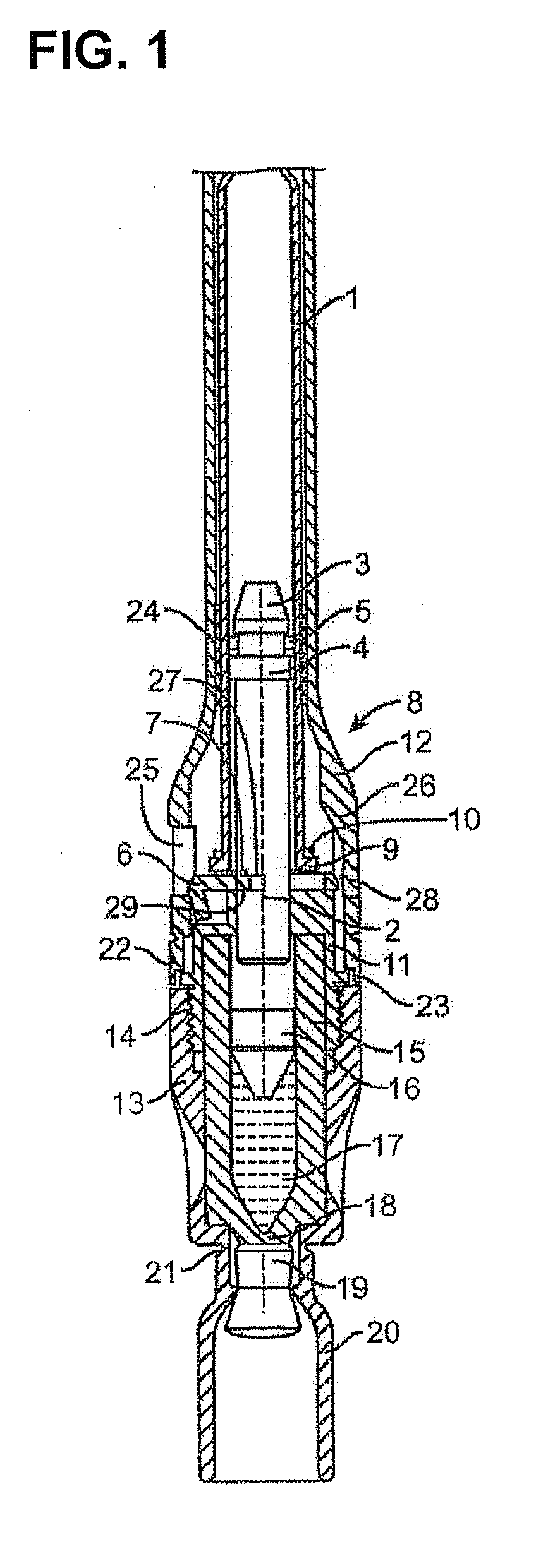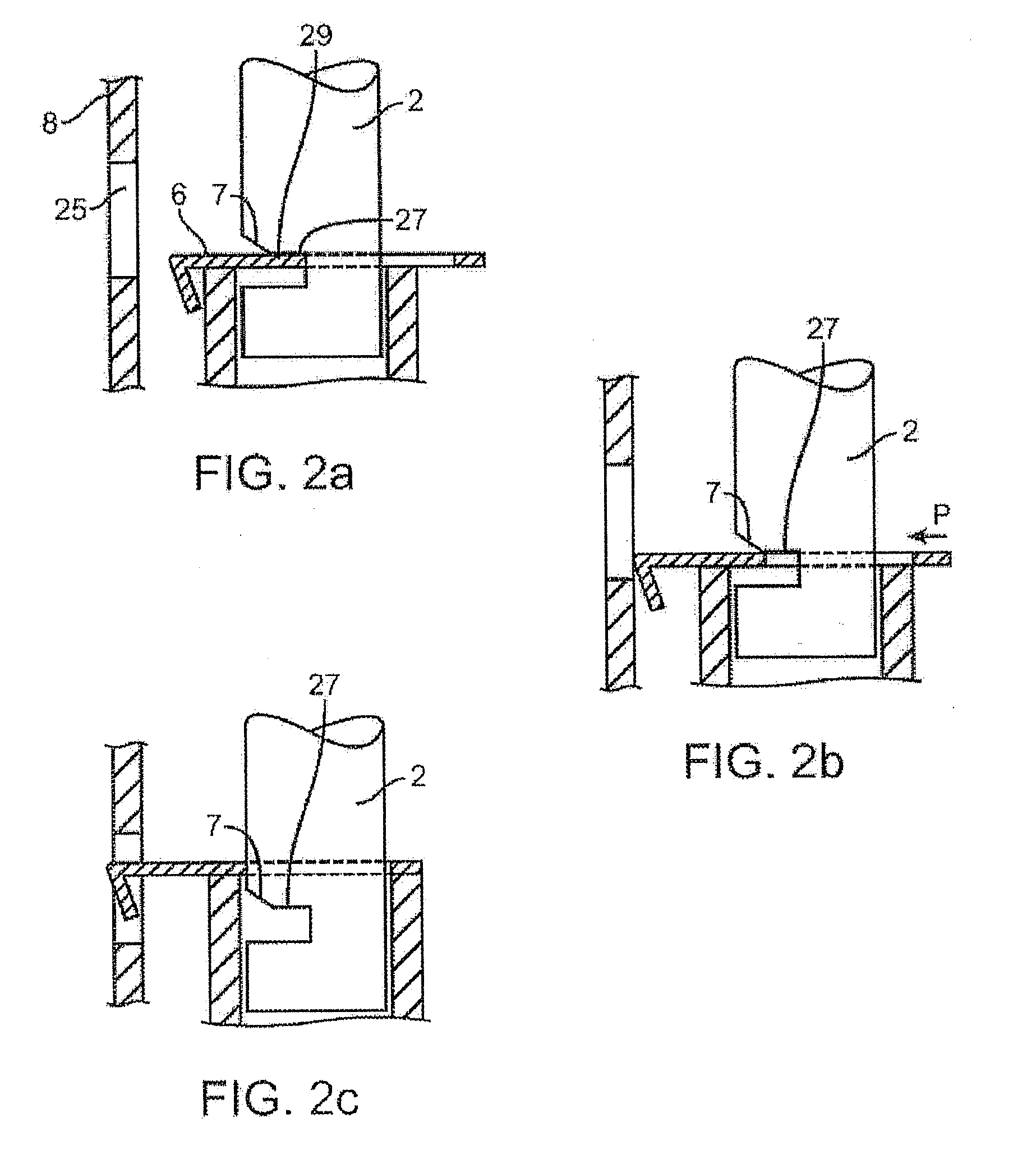Injectable controlled release composition comprising high viscosity liquid carrier
a liquid carrier and injection technology, applied in the direction of drug compositions, automatic syringes, applications, etc., can solve the problems of inability to follow the dosing instructions, the risk of relapse can substantially increase with non-compliance patients, and the treatment of psychosis is very difficult. , to achieve the effect of high viscosity
- Summary
- Abstract
- Description
- Claims
- Application Information
AI Technical Summary
Benefits of technology
Problems solved by technology
Method used
Image
Examples
example 1
Polymer Synthesis
[0720]This Example involves a representative polymer synthesis.
[0721]DL-lactide (147.22 grams), glycolide (39.52 grams), and 1-dodecanol (13.25 grams) were added to a 500-mL, 3-neck round bottom flask. The flask was sealed with a glass stopper, a gas joint with a stopcock, and a stirrer bearing with a glass shaft and Teflon® paddle. The ambient atmosphere was removed from the flask under vacuum and the flask was back-filled with nitrogen gas. The flask was placed in an oil batch at 155° C. and stirred under a positive pressure of nitrogen gas. When the monomer and initiator had melted, stannous 2-ethylhexanoate was added as a solution in dry toluene. The amount of catalyst added was approximately 0.016 wt %. The polymerization was allowed to proceed for 3 hours. Next, the solid polymer was subjected to vacuum to remove residual monomer for one hour. Then the contents of the flask were discharged from the flask onto a sheet of Teflon® film and allowed to cool. Once c...
example 2
Vehicle Formulations
[0722]This Example involves a representative method of making a formulation comprising sucrose acetate isobutyrate, polymer, and solvent.
[0723]Poly(lactic acid)(glycolic acid) (PLGA) was removed from cold storage and allowed to warm to room temperature. The polymer was weighed in a glass jar. Next, N-methyl-pyrrolidone (NMP) was dispensed into the glass jar. To dissolve the PLGA in the NMP, the mixture was placed in a rotator and rotated at 20 rpm at room temperature for about 12 hours.
[0724]Sucrose acetate isobutyrate (SAIB) was heated to 80° C. for approximately an hour. The heated SAIB was poured into the glass jar containing the PLGA and NMP. The mixture was rotated in an oven at 50° C. at 20 rpm for about 2 hours. The jar was removed from the oven and allowed to cool to room temperature.
example 3
[0725]Phase compatibility studies were performed to generate a thermodynamic understanding of the formulation variables and to inform formulation design. One of the studies involved evaluation of the role of polymer end groups and their impact on phase stability.
[0726]Several formulations were made to evaluate the phase stability of formulations including various proportions of sucrose acetate isobutyrate, N-methyl-pyrrolidone, and poly(lactic acid)(glycolic acid). The poly(lactic acid)(glycolic acid) was either initiated with dodecanol to yield a polymer with a dodeoxy end group or initiated with 1-hexanediol to yield a polymer with alcohol end groups.
[0727]The solubilization of these formulations was observed visually. The results are summarized in the ternary phase diagrams depicted in FIGS. 4 to 6. FIGS. 4 and 5 are phase diagrams for formulations including the polymer initiated with 1-hexanediol. Specifically, open circles indicate formulations that w...
PUM
 Login to View More
Login to View More Abstract
Description
Claims
Application Information
 Login to View More
Login to View More - R&D
- Intellectual Property
- Life Sciences
- Materials
- Tech Scout
- Unparalleled Data Quality
- Higher Quality Content
- 60% Fewer Hallucinations
Browse by: Latest US Patents, China's latest patents, Technical Efficacy Thesaurus, Application Domain, Technology Topic, Popular Technical Reports.
© 2025 PatSnap. All rights reserved.Legal|Privacy policy|Modern Slavery Act Transparency Statement|Sitemap|About US| Contact US: help@patsnap.com



